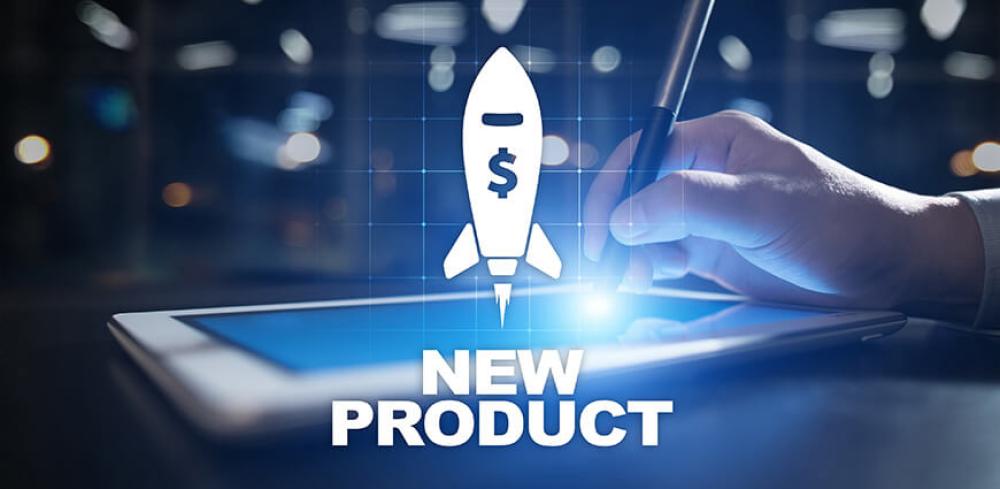In the world of business, first impressions matter. When you're launching a new product, that initial introduction to the market can make or break its success. A well-crafted marketing strategy is the key to ensuring your product's first impression is a positive and memorable one.
In this article, we'll explore the essential components of a successful marketing strategy for your product launch.
The Significance of a Strong Marketing Strategy
A Marketing for Product Launches is more than just revealing your creation to the world; it's about creating a buzz, generating interest, and ultimately driving sales. A well-planned marketing strategy is essential because:
1. Visibility: It ensures that your product is visible to your target audience.
2. Positioning: It helps you position your product in the market, differentiating it from competitors.
3. Engagement: A strong marketing strategy engages potential customers, drawing them into your product's story.
4. Anticipation: It builds anticipation for your product's release, encouraging potential buyers to be ready to purchase.
5. Sales: Ultimately, it contributes to sales, which is the primary goal of any product launch.
Components of a Successful Marketing Strategy
1. Market Research: Before launching a product, conduct thorough market research. Understand your target audience, their needs, and their preferences. This knowledge will guide your marketing efforts.
2. Set Clear Objectives: Define clear and measurable objectives for your product launch. These could include sales targets, brand awareness goals, or customer acquisition targets.
3. Create Buyer Personas: Develop detailed buyer personas based on your research. These will help you tailor your messaging and content to specific customer segments.
4. Positioning and Messaging: Craft a compelling value proposition and messaging that communicates what makes your product unique and why it's valuable.
5. Choose Marketing Channels: Identify the marketing channels that are most relevant to your audience. These can include social media, email marketing, content marketing, paid advertising, and more.
6. Content Creation: Create content that resonates with your audience. This could include blog posts, videos, infographics, and social media content.
7. Website and Landing Pages: Ensure your website is ready to showcase your product. Create dedicated landing pages to convert visitors into customers.
8. Email Marketing: Plan email marketing campaigns to nurture leads and keep potential customers informed about your product.
9. Social Media Engagement: Leverage social media to build anticipation and engage with your audience. Utilize platforms where your target audience spends their time.
10. Public Relations: Consider how you'll generate buzz through press releases, media coverage, and partnerships with influencers.
11. Paid Advertising: Invest in paid advertising, like pay-per-click (PPC) campaigns, to ensure your product is visible to a broader audience.
12. Event Marketing: If applicable, plan and execute launch events or webinars to create excitement and engagement.
13. Customer Support Plan: Ensure your customer support team is ready to handle inquiries and provide excellent service from day one.
14. Testing and Optimization: Continually test and optimize your marketing efforts. Analyze what works and what doesn't, and make adjustments accordingly.
15. Budget Allocation: Allocate your marketing budget effectively, distributing resources to the most impactful channels and campaigns.
Timing is Crucial
The timing of your product launch can significantly impact its success. Consider factors like market trends, seasonality, and competitor activity. Avoid launching too early, before your product is fully ready, or too late, missing opportunities.
Measuring Success
To gauge the success of your marketing strategy, track key performance indicators (KPIs) aligned with your objectives. These can include website traffic, conversion rates, social media engagement, email open rates, and, of course, sales figures. Regularly review these metrics to ensure your strategy is on track.
Conclusion
Your product's first impression is a critical moment that can shape its entire journey in the market. Crafting a strong marketing strategy is the key to making that impression a positive and memorable one.
By understanding your audience, setting clear objectives, selecting the right marketing channels, and creating engaging content, you can build anticipation, drive sales, and position your product for success. A well-executed marketing strategy ensures that your product launch is a remarkable and profitable event.









